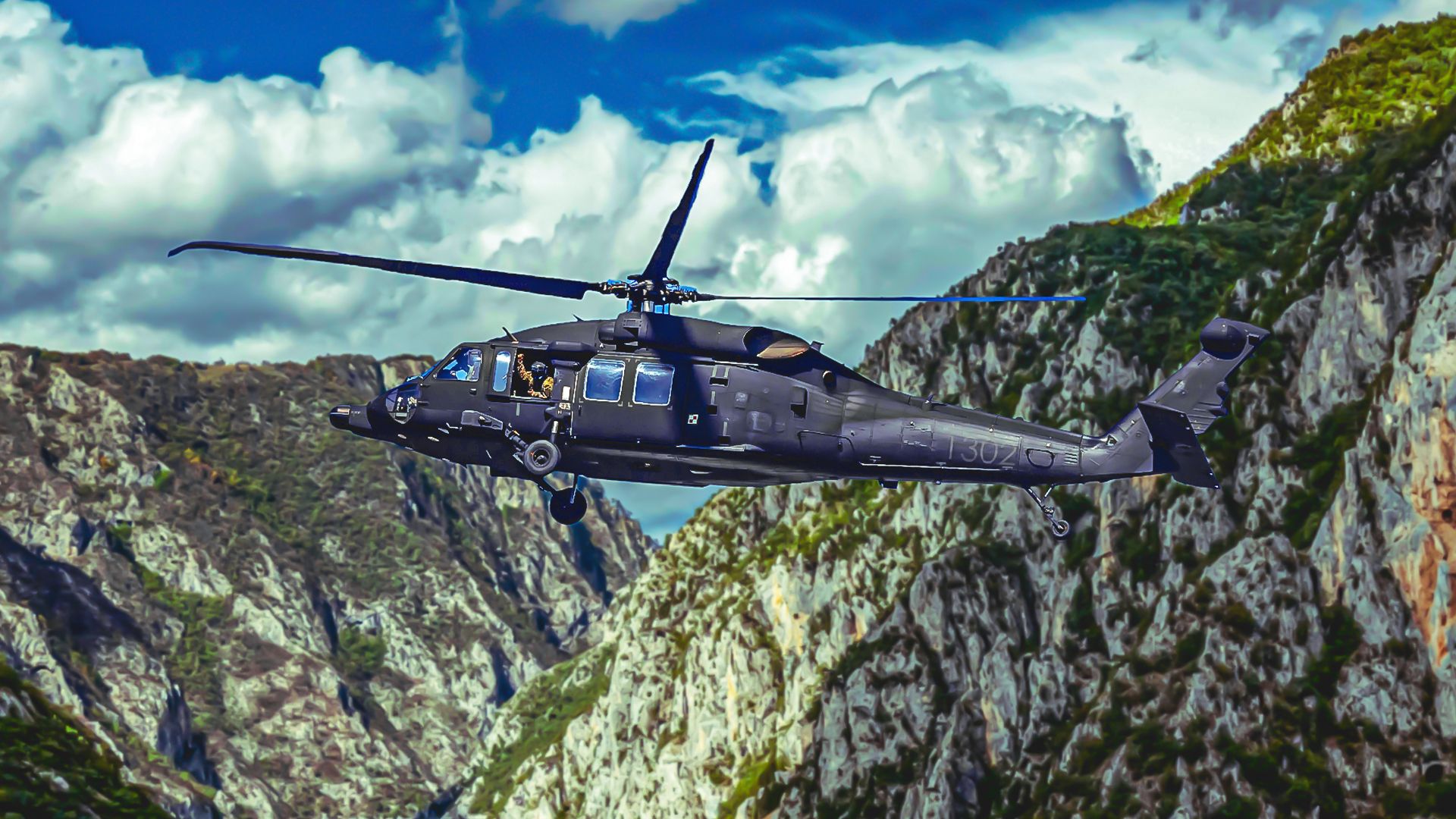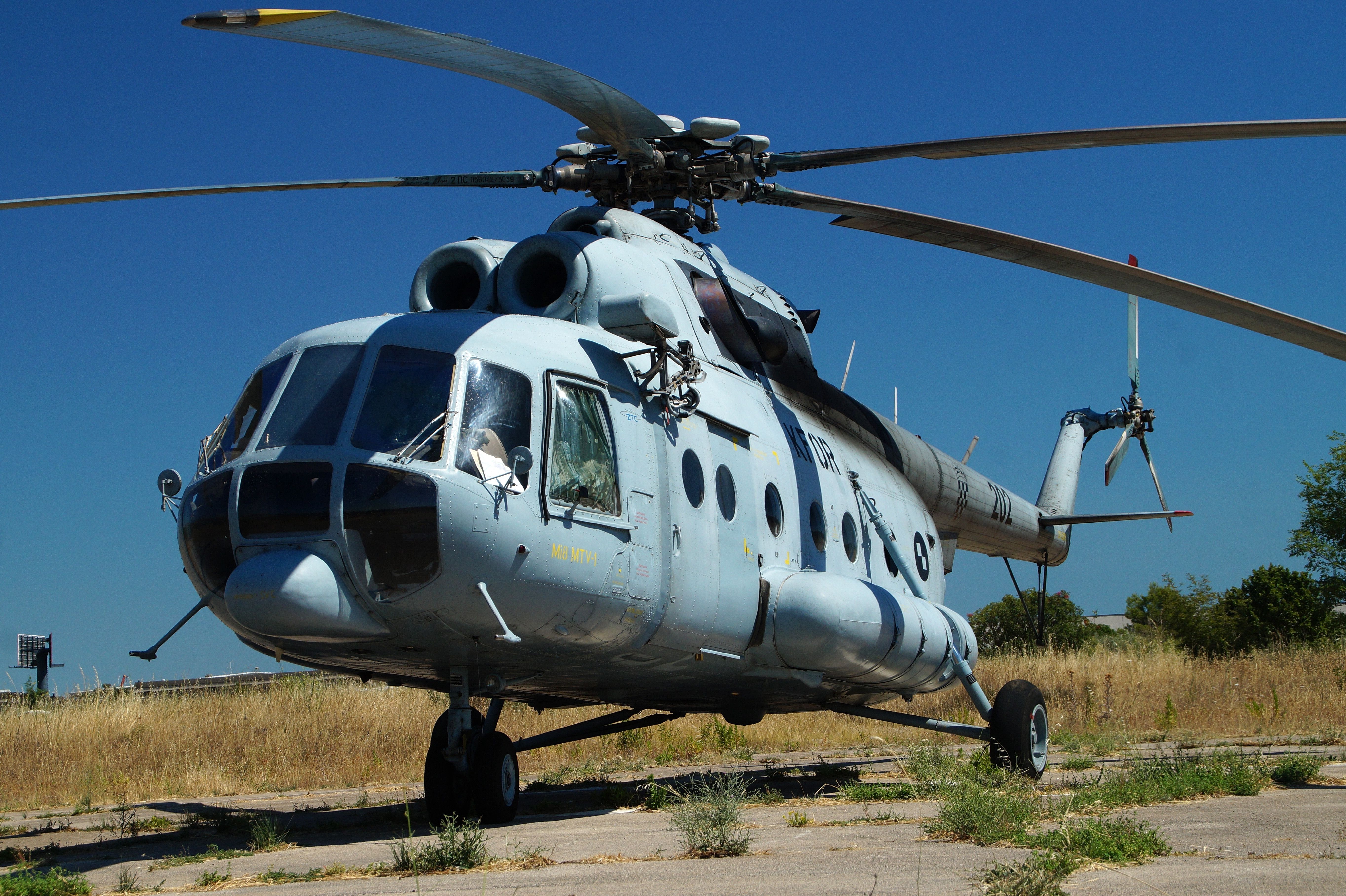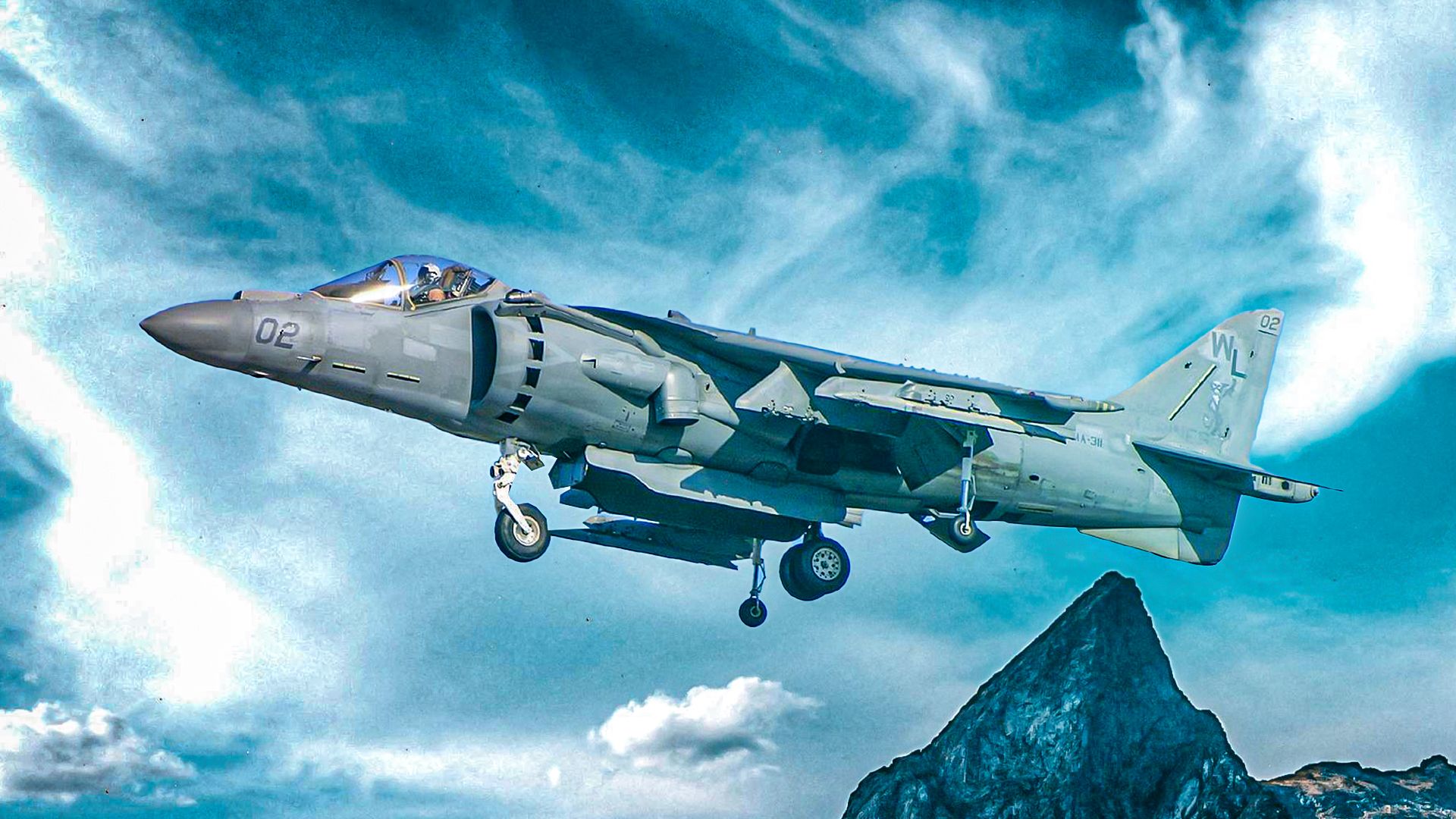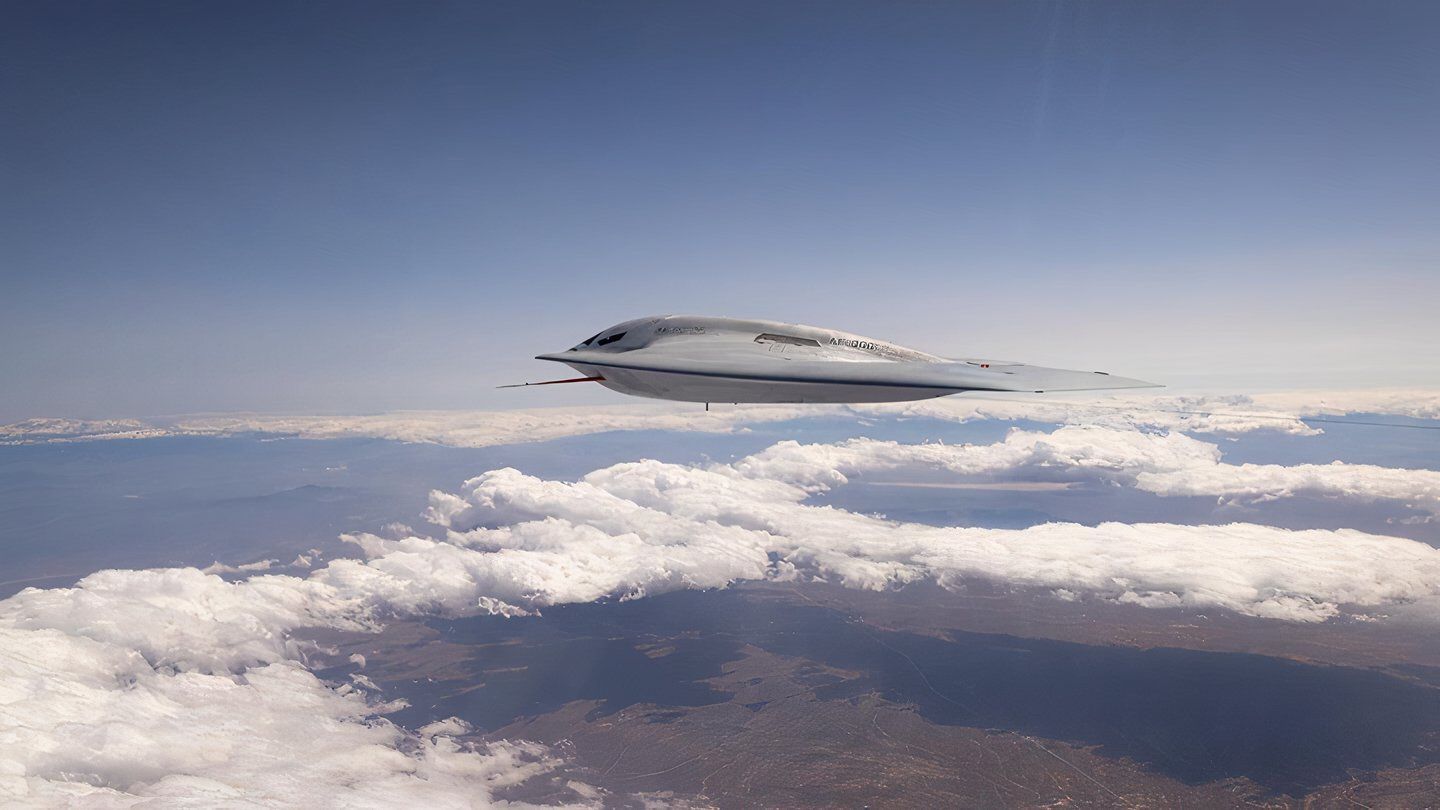Summary
- Helicopters have a slower speed than fixed-wing aircraft due to fuel tank limitations.
- The Airbus X3 set a world record for helicopter speed at 293 mph.
- The Mil Mi-24 helicopter family are traditional aerial speedsters, reaching up to 230 mph.
Helicopter
transport has long been utilized by civilian and military operators alike. Both have capitalized on rotorcrafts’ ability to take off, land, and move across rugged terrain with impressive versatility.
However, one place where helicopters have historically lagged behind fixed-wing aircraft is when it comes to speed, as traditional aircraft can often cover far larger distances at higher speeds due to larger fuel tanks and more powerful engines.
The question, however, of exactly how fast a helicopter can move is not to be ignored, as the secret to advanced rotor-based transport could drastically improve offensive and defensive capabilities in warfare. With the ability to land and take off virtually anywhere, if helicopters could manage to traverse far enough distances at high enough speeds, they could easily become the aircraft of choice for troop delivery.
Photo: crordx | Shutterstock
With such impressive potential, it is unsurprising that major military organizations as well as aerospace manufacturers have attempted multiple times to explore the potential limits of helicopter technology.
Time and time again, however, advancements have been made in speed but often at the expense of versatility, efficiency, or some other kind of mission-critical capability. Let’s take a deeper look at some of the world’s fastest helicopters.
The fastest concept ever developed into a prototype
One of the most high-profile attempts to create a helicopter that pushed the limits of speed took place at the beginning of the 2010s when Airbus Helicopters (formerly known as Eurocopter) developed a demonstration platform that was intended to serve as both high-speed and long-range rotorcraft.
The impressive aircraft would be dubbed the Eurocopter X³ and achieved a top speed of 293 miles per hour (472 km/h) during a level flight on 7 June 2013, which stands today as the unofficial helicopter speed record, according to Airbus Helicopters.
The Eurocopter X³ was based on the design of the AS365 Dauphin, a medium-weight multipurpose helicopter built by the same manufacturer.
The helicopter’s design incorporates short-span wings with externally mounted tractor propellers, which were designed to balance the torque effect created by the primary rotor, according to Military Factory.
These gear-driven propellers were powered by the helicopter’s turboshaft engines, which featured a five-bladed rotor taken directly off of a different Airbus Helicopter, the EC155.
The Eurocopter X³ improved significantly on the design of other experimental high-speed helicopters (notably the Sikorsky X²), without anti-vibration systems that allowed it to operate free from stability control systems.
The Eurocopter X³ primarily served to demonstrate the potential of high-speed rotor transport, and that it could be achieved without the danger of stalls.
Despite its improvements, however, the Eurocopter X³ was never to enter serial production, and its use of wing-mounted propellers led the design further from what many traditionally expected of a helicopter.
In the end, the program primarily served to emphasize the potential of high-speed civilian helicopter transport.
The only prototype ever completed was retired not long after entering service, when it found its final home at a French air museum in the town of Saint-Victoret in June 2014. Here are some specifications for the now-retired Eurocopter X³:
|
Category |
Eurocopter X³ Specification |
|---|---|
|
Top Speed |
293 mph |
|
Service Ceiling |
12,500 feet |
Traditional designs that have achieved the highest speed performance
While the advancements made by the Eurocopter X³ and other such technology demonstrators are undeniably impressive, they do demonstrate the fastest helicopters to ever enter serial production.
Furthermore, the design of the Eurocopter X³ incorporated a small additional wing, which, despite its size and seeming insignificance, actually accounted for a full 40%-80% of lift depending on the speed and rotor position.
When it comes to traditional helicopters that have entered serial production, those that consistently rank as the fastest are almost always members of the Mil Mi-24/24/35 family. The original variant of this family, the Mi-24 has been given the NATO reporting name of “Hind” and is undeniably a versatile aircraft.
The Russian-designed rotorcraft functions as both a gunship and light troop transport, with capacity onboard for a full eight troops, enough for an elite squadron to be rapidly dispatched to battle.
The speedy helicopter was introduced by the Soviet Air Force in the early 1970s, with export versions later being designated as the Mi-25 and Mi-35.
The aircraft’s innovative design earned it the nickname “flying tank”, and the aircraft also had dozens of other nicknames which referenced its camouflage design and flat cockpit glass plates.
According to Britannica, the robust helicopter was able to achieve speeds of nearly 230 miles per hour. Here are some specifications for the Mi-24:
|
Category |
Mil Mi-24 Specification |
|---|---|
|
Top Speed |
230 miles per hour |
|
Range |
280 miles |
|
Maximum Takeoff Weight (MTOW) |
26,455 lbs |
|
Service Ceiling |
16,100 ft |
The United States Armed Forces have also incorporated several fast and efficient helicopters into their inventory, with one of the most noteworthy being the Boeing CH-47 Chinook, a capable tandem-rotor helicopter capable of operating at speeds of up to 200 miles per hour.
For advanced rotor mobility transport, multiple branches of the United States military have begun to rely on the Bell Boeing V-22 Osprey, a tilt-rotor aircraft capable of balancing the best attributes of helicopters and fixed-wing transport. The Osprey can reach speeds of over 300 miles per hour when the rotors are tilted horizontally.





